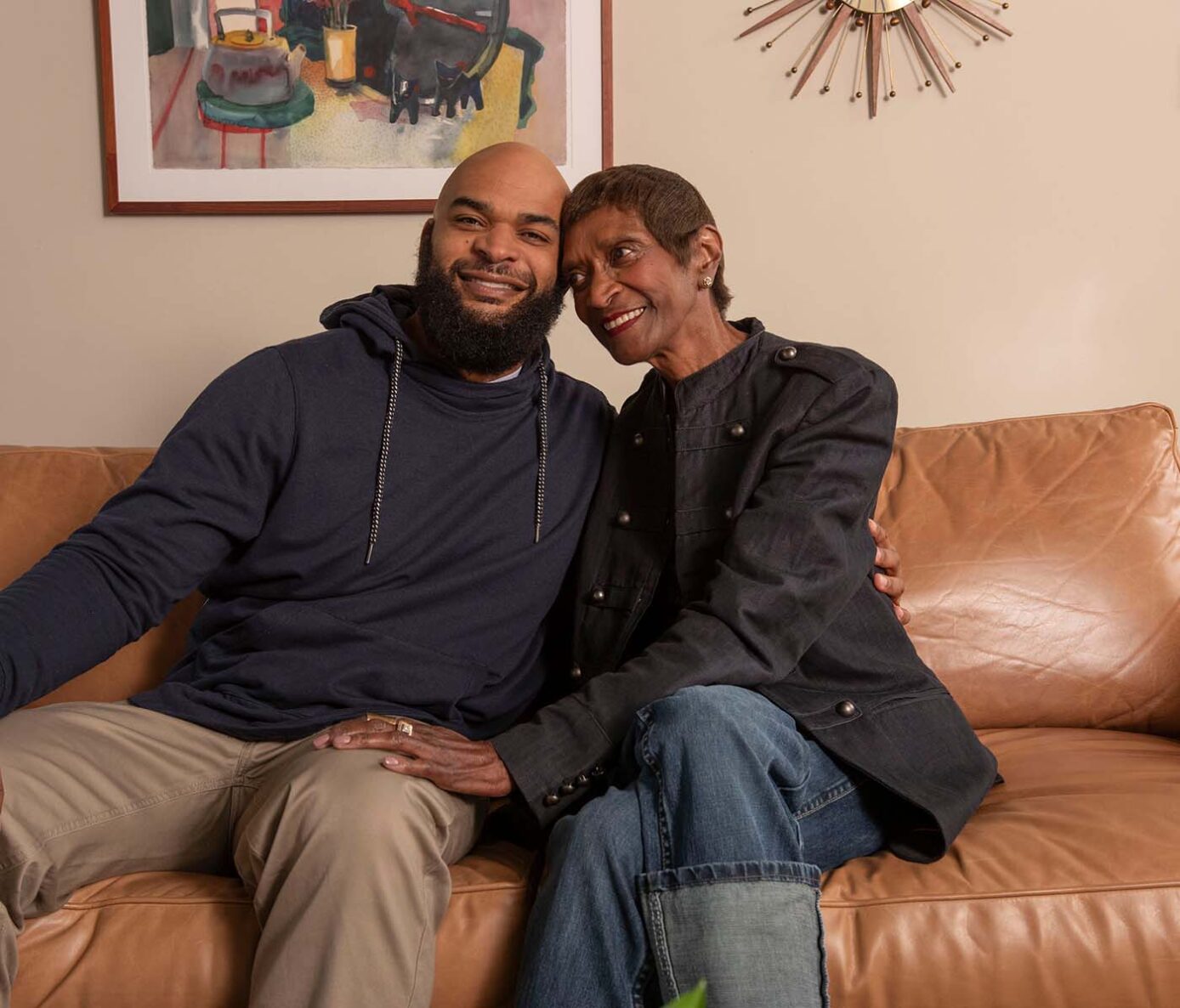Fact 1
Mental illness is a common health condition. Roughly 1 in every 5 adults and 1 in 6 children will experience a diagnosable mental health condition during their lifetime. In Sacramento County, more than 300,000 people live with mental illness. 1,2





